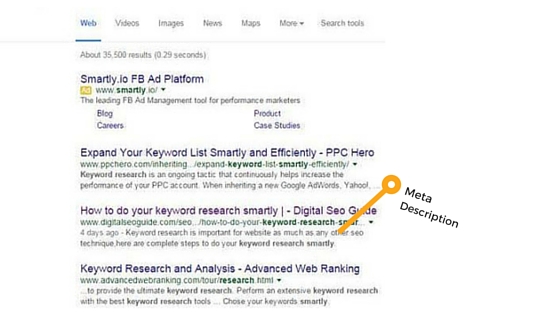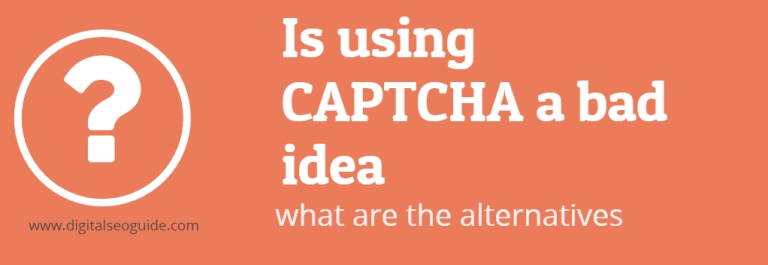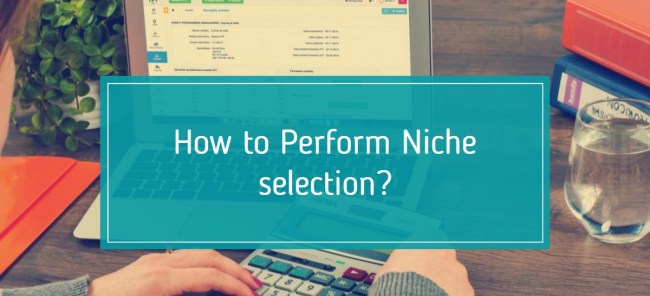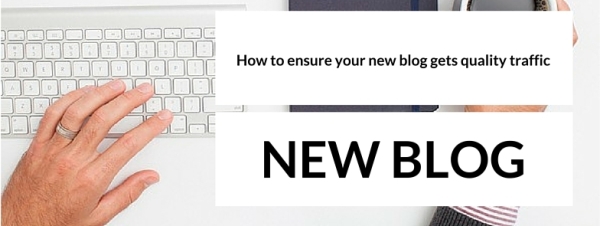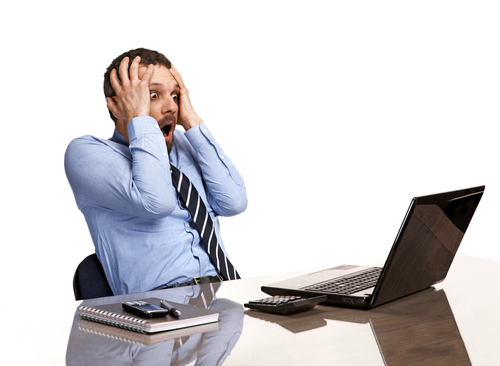How To Write Perfect SEO-Optimized Articles in WordPress?
The first and the main aim of each blogger behind his content marketing tactics is earning the higher ranking and attracting a good amount of traffic to his post. Getting the first ranks in Google results and other search engines is not an easy thing and requires a lot of hard work as well as the use of tactics to achieve it.To earn the remarkable ranks and huge traffic the blogger has to write a perfect post that is perfectly optimized to SEO standards.The Google spiders crawl a site or web page and determine its rank on the basis of optimization status of your content.
A well optimized and high ranked article is a good source of earning extra income from different sources such as advertisers and backlinks.This article is a little effort to guide the content writers and bloggers in their SEO strategy so that they can hold and maintain the first rank in the relevant Google search.You have to follow these basic things and keep on creating the unique and organic content with whole dedication, success will defiantly be yours. Let’s begin the ride with some on-page SEO activities that are related to writing the content on WordPress.
For this, you should use the WordPress SEO plugins or its common alternative, the WoprdPress SEO (Yoast), both are the all in one SEO pack.They both allow to add meta descriptions and meta keywords in your content and support your content to increase its visibility in the view of Google spiders.They read your blog as per the description and keywords and also rank the post in SERPs.
Here are the tips to write SEO-Optimized Articles in WordPress
7 Tips to write SEO-Optimized Articles in WordPress
1. Meta Title
The title is the recognition of your content that introduces the visitors about the subject matter of your blog. And it also invites the spiders crawling to the web page. This title should be strong and contain the target keyword of the blog or article and capable enough to engage the audience to you.The bloggers are also advised to put the same title in the post URL as it seems quite relevant.If anyone is searching the particular keyword, then it is in your benefit that your link already contains the same.As per Google trends, short URLs get the faster indexing than the longer ones so try to keep the title limited to 70 characters.One more thing, avoid changing The URL after once you have published the blog.
2. Meta description
This is the main part of your blog; it is where you describe the contents of your blog. Usually, all the SEO plugins allow you to combine meta description in your blog or article. A blogger has to take care of the meta description word limit that is nice if kept under 160 characters. It is the text that Google uses to publish just right below to your page title in any search, so make your best efforts to write the description in the introductory and the curious way that invites the visitor to open the link and visit your page. Meta description helps the visitors and Google spiders to determine that what is your page is about and it indirectly increases the page CTR.
3. Meta keywords
We all know that the keywords are the smartly figured outset of words or the phrases that the internet users type to search anything.Though Google is not using the meta keywords in ranking any article or post yet, it is highly recommended to add them in your post to get fast indexing. A point to be noted here that the blogger should avoid stuffing the extra keywords in the article as that is known as keyword spamming.Also, the keyword density of your article should not exceed by the 2-3%.
4. Image Alt text
Usually, the Google robots or spiders are unable to read the images you have used in the article.So if you have contained the images in your articles, don’t forget to add the relevant keyword to Image Alt Text so that the images also can be indexed and the robots can understand that what is the image is referred to.You should name the image that is relevant to the title and the subject matter of the article.
5. Interlinking
It is probably the best way to indexing all your web pages.The reason is, it enriches a kind of page authority to all the pages linked to it.It can be simply understood by the example that if any one page of the site is ranked high, it will directly benefit the other pages linked to it.So you should add two links pointing to the homepage and furthermore, you should connect all the relevant pages to the article by using the Anchor text linking.
6. H1, H2, and H3 Tags
If you want your article as a perfect SEO optimized one, you should place the title in three main tags and these are H1, H2, and H3.
For example:- <h1>heading</h1>.
It will also very supportive if you use the sub-headings in the article as they allow the better navigation.
7. Bold italic underlined
The title and the meta keywords used within the article must be in the bold, italic and underline format as it gives them better visibility and also the search spiders an easy to find them.
Conclusion:
In the conclusion, we can say that the exact way to get success is still unknown, but we all learn from our mistakes and the same theory is also implied on SEO.A blogger should consistently try his best to find out his weak points, learn from the mistakes and write quality/SEO optimized articles to ensure the success on his part.


